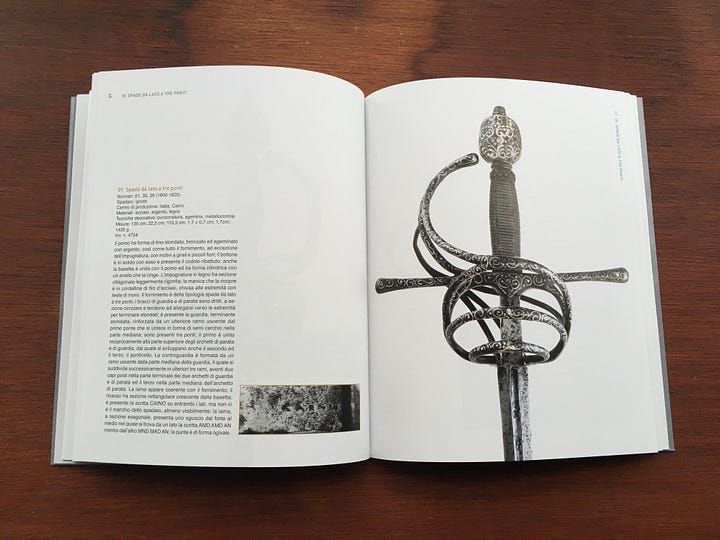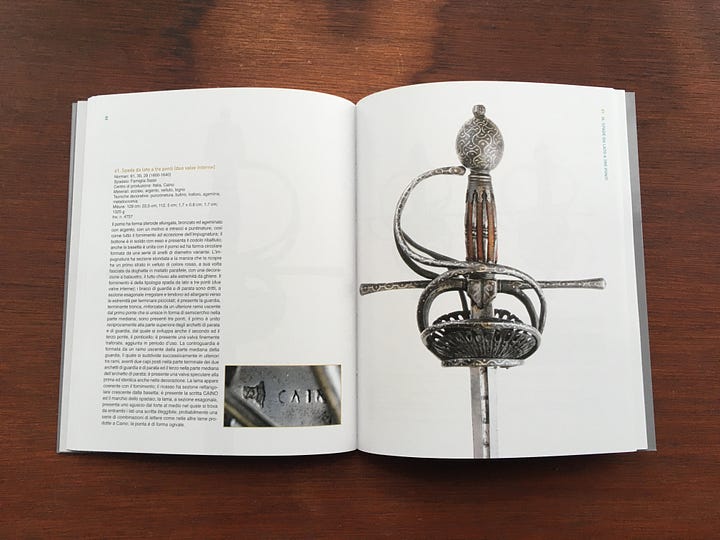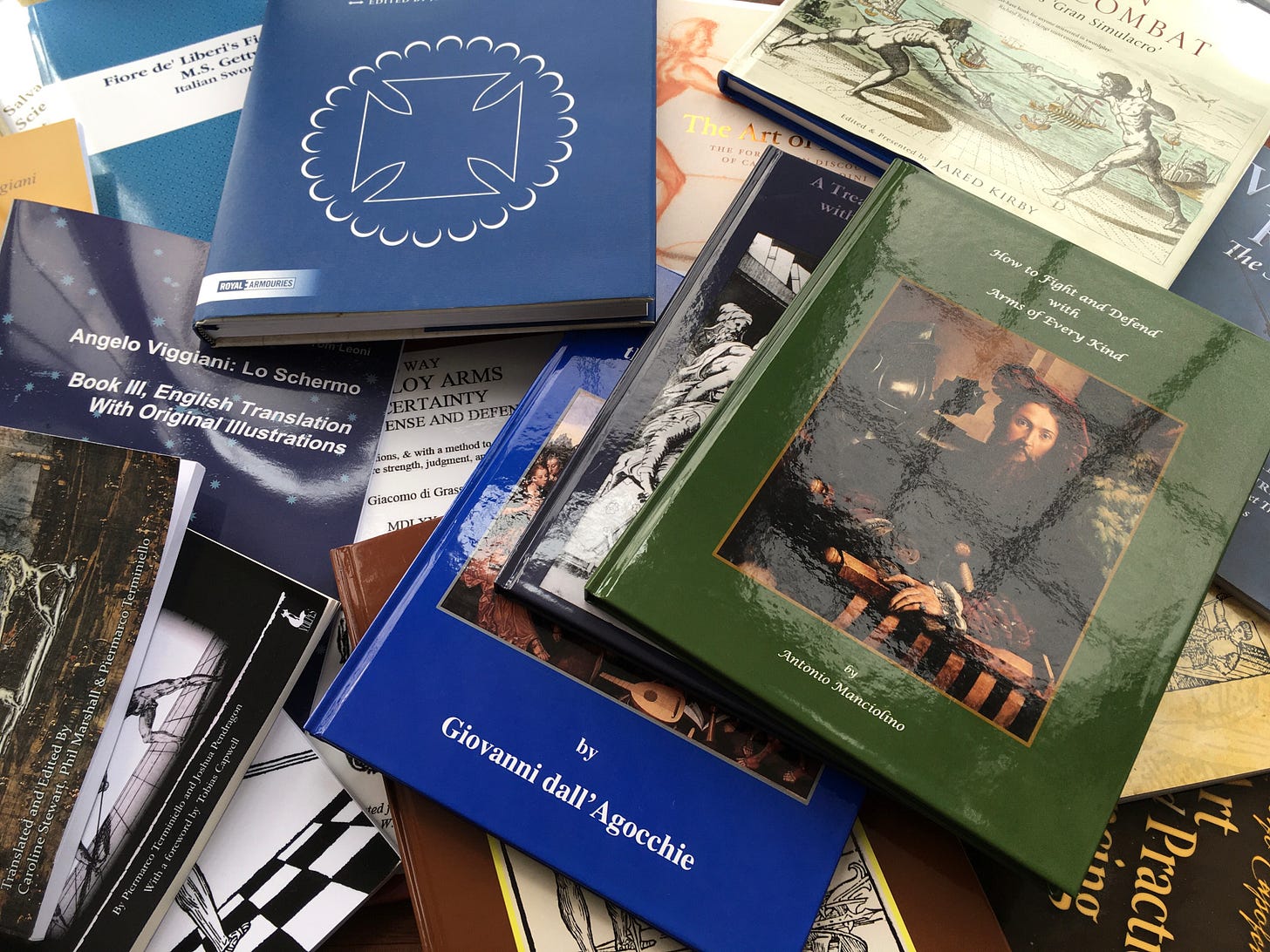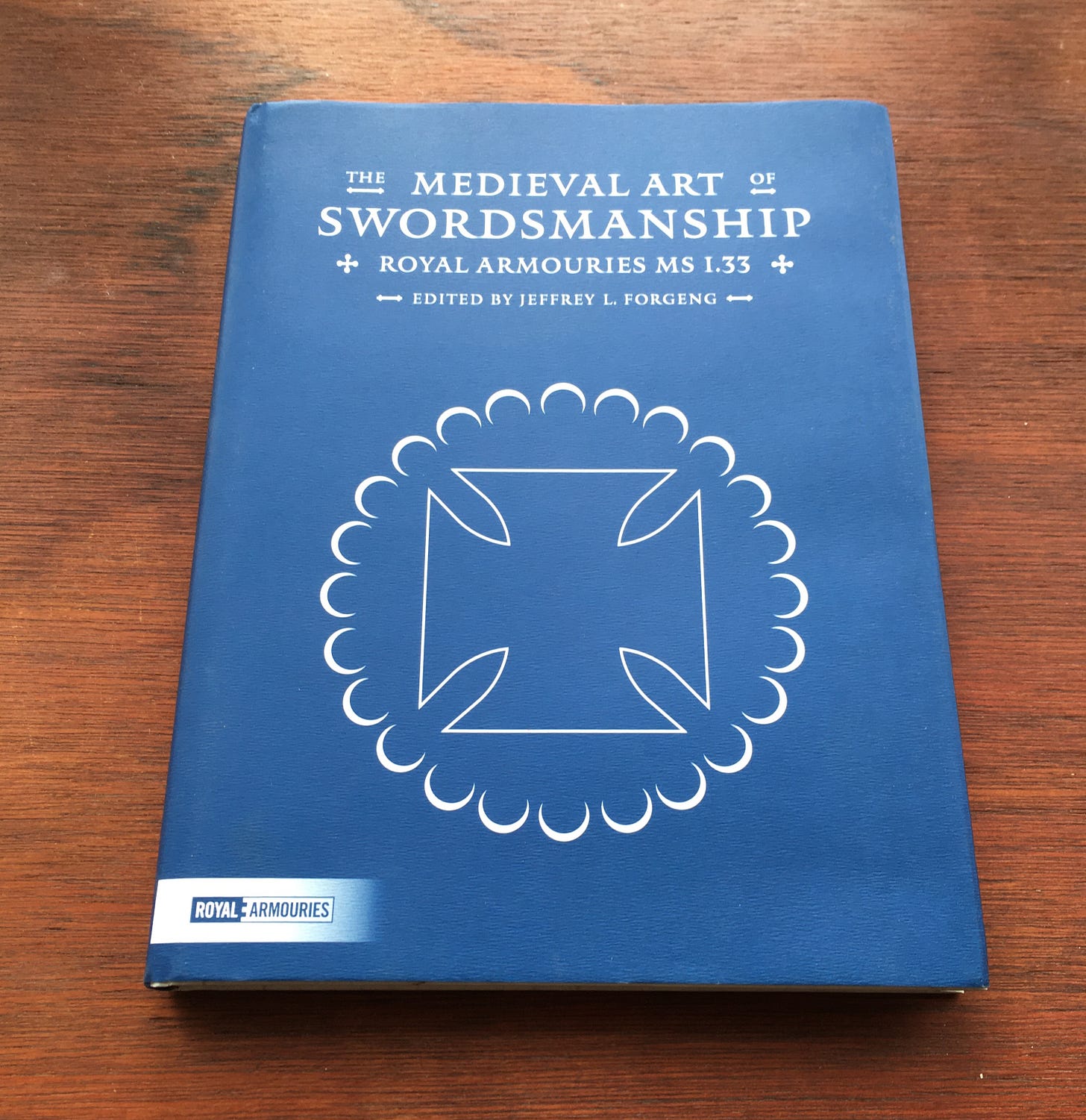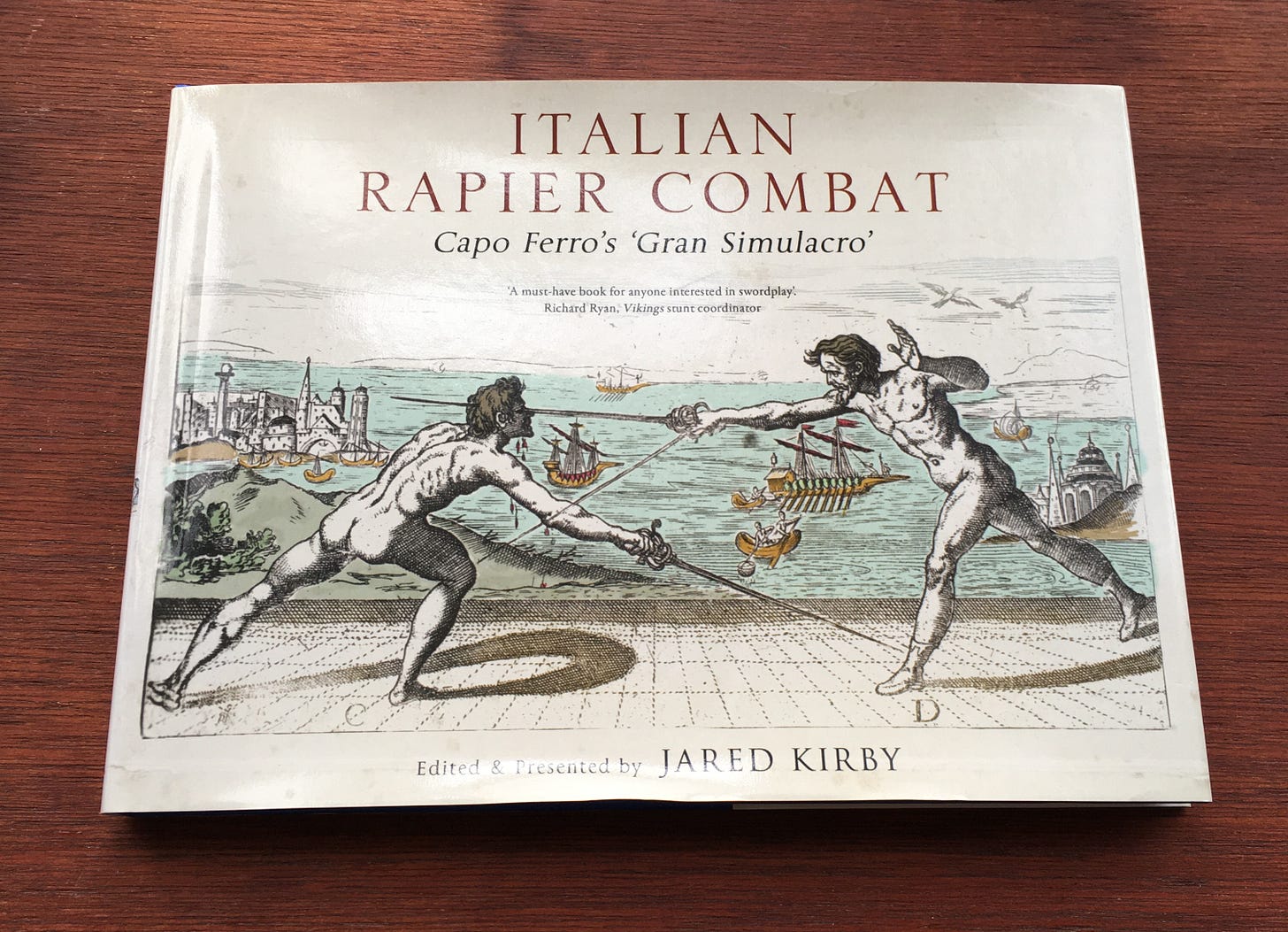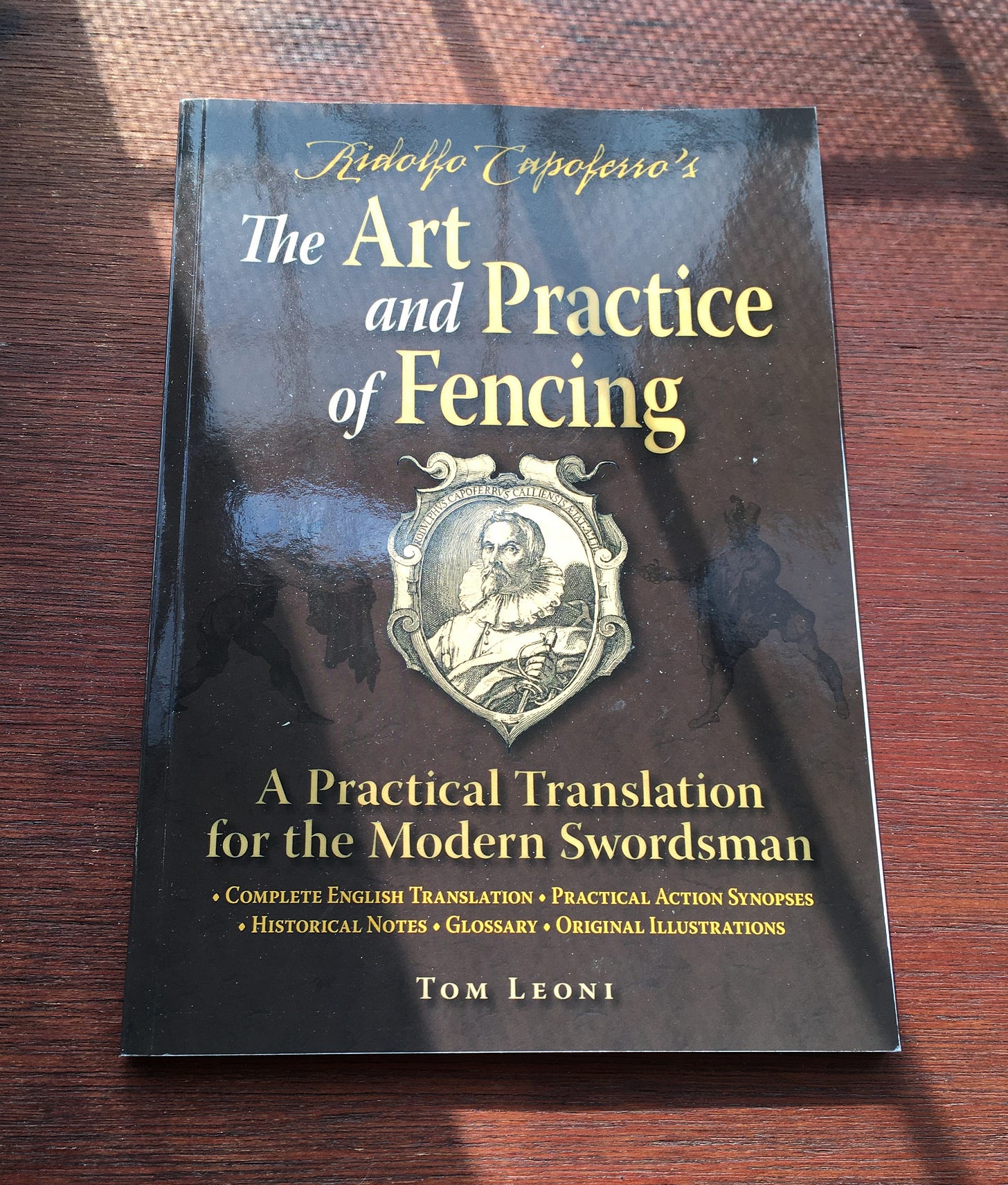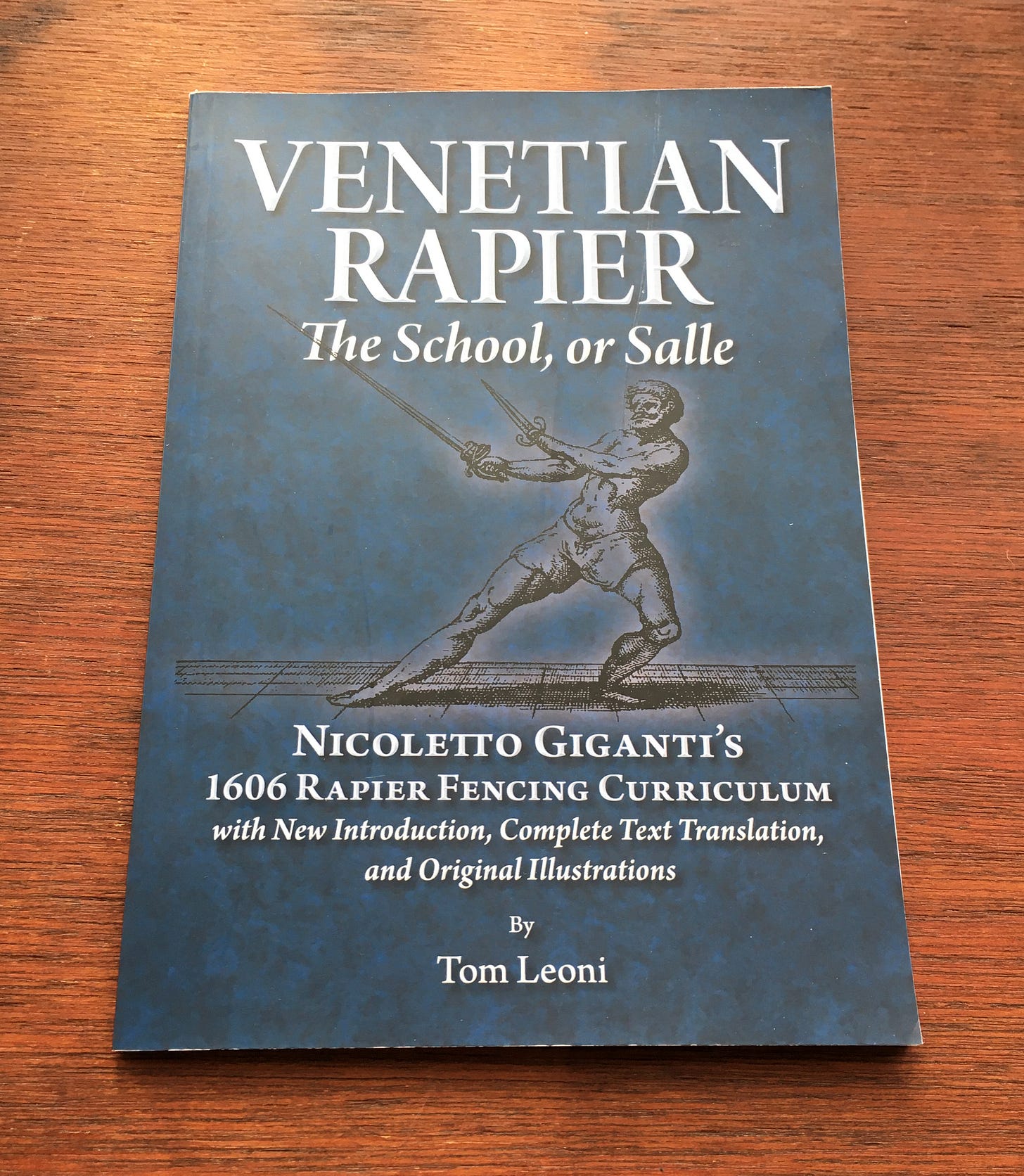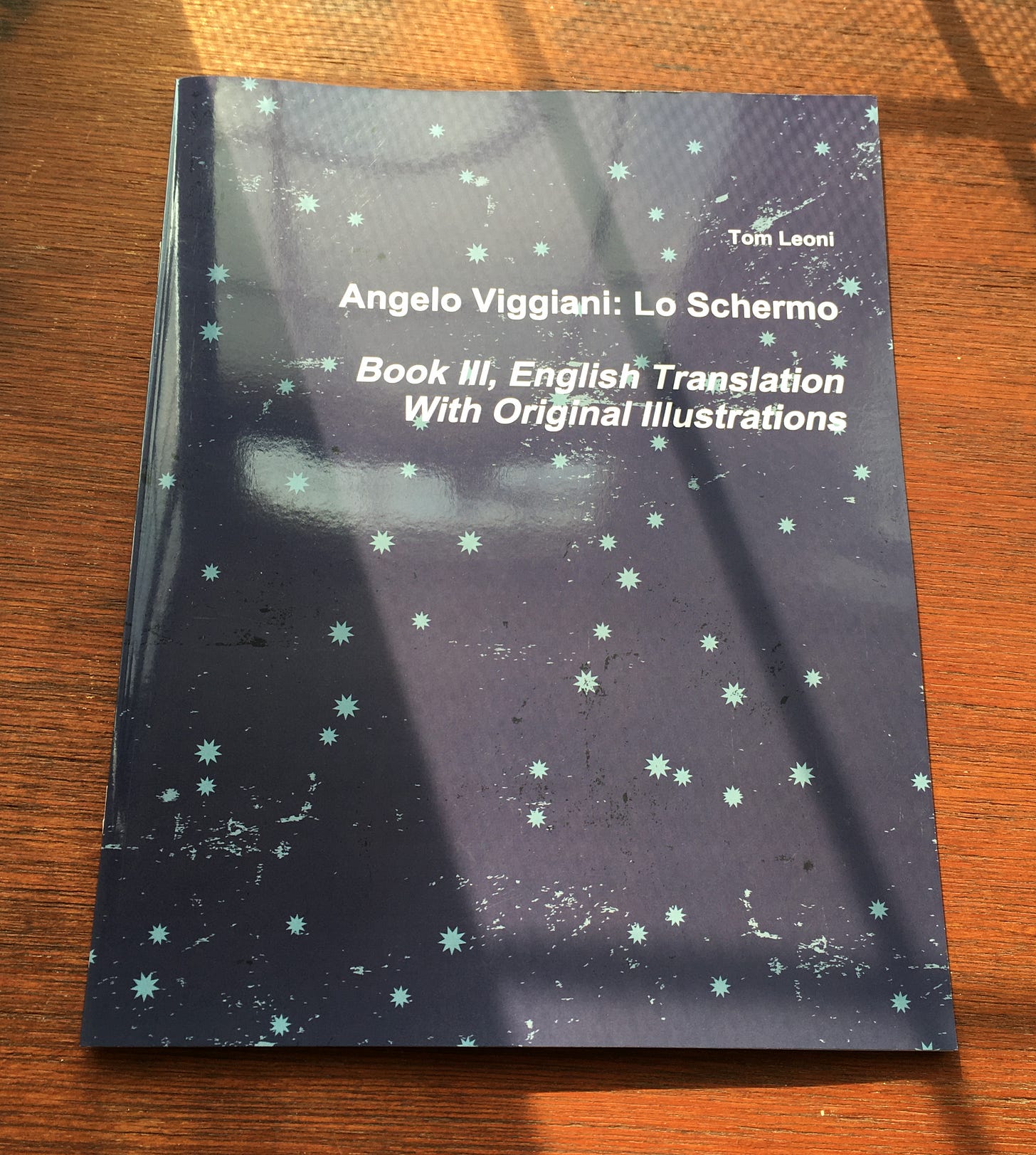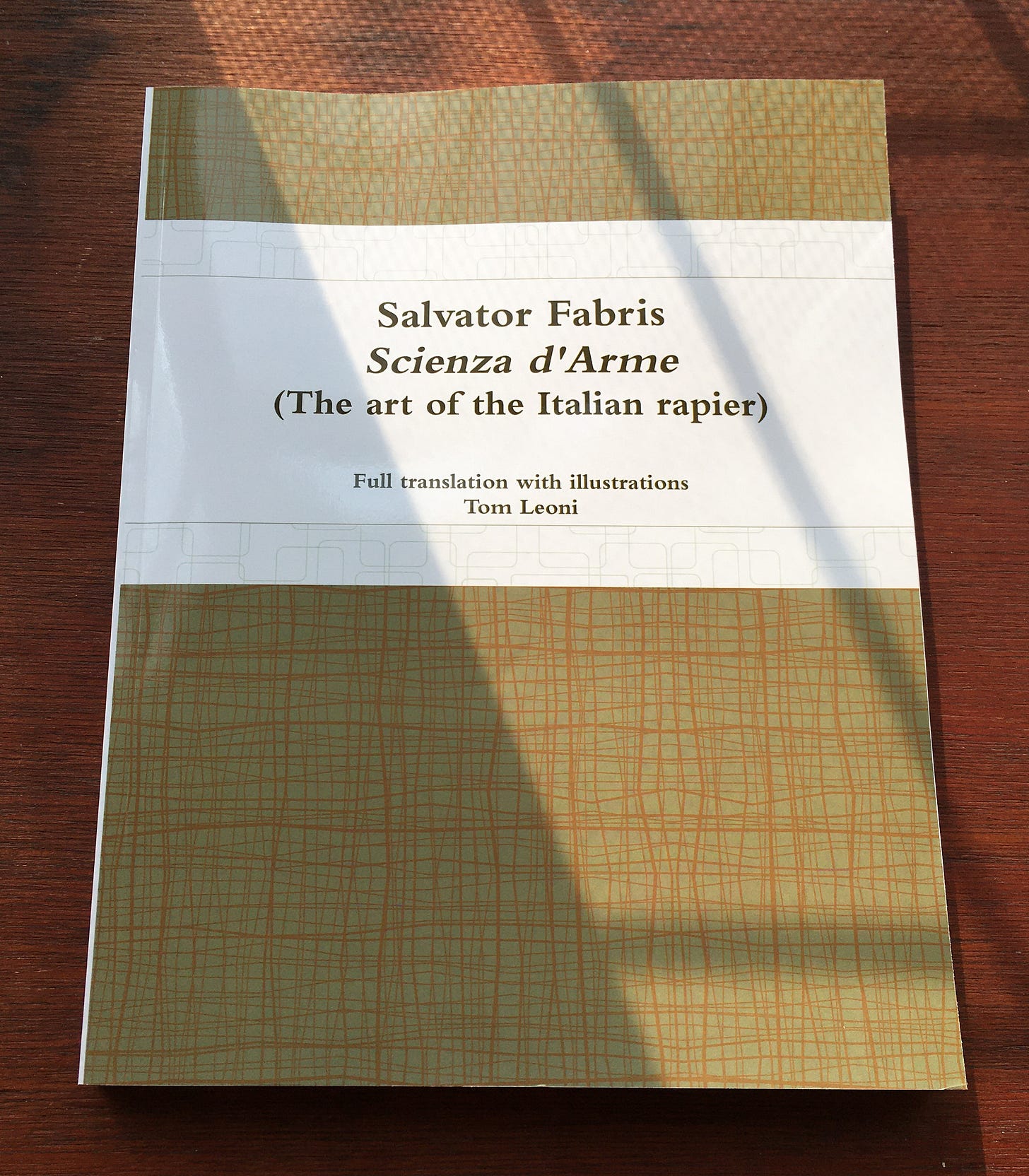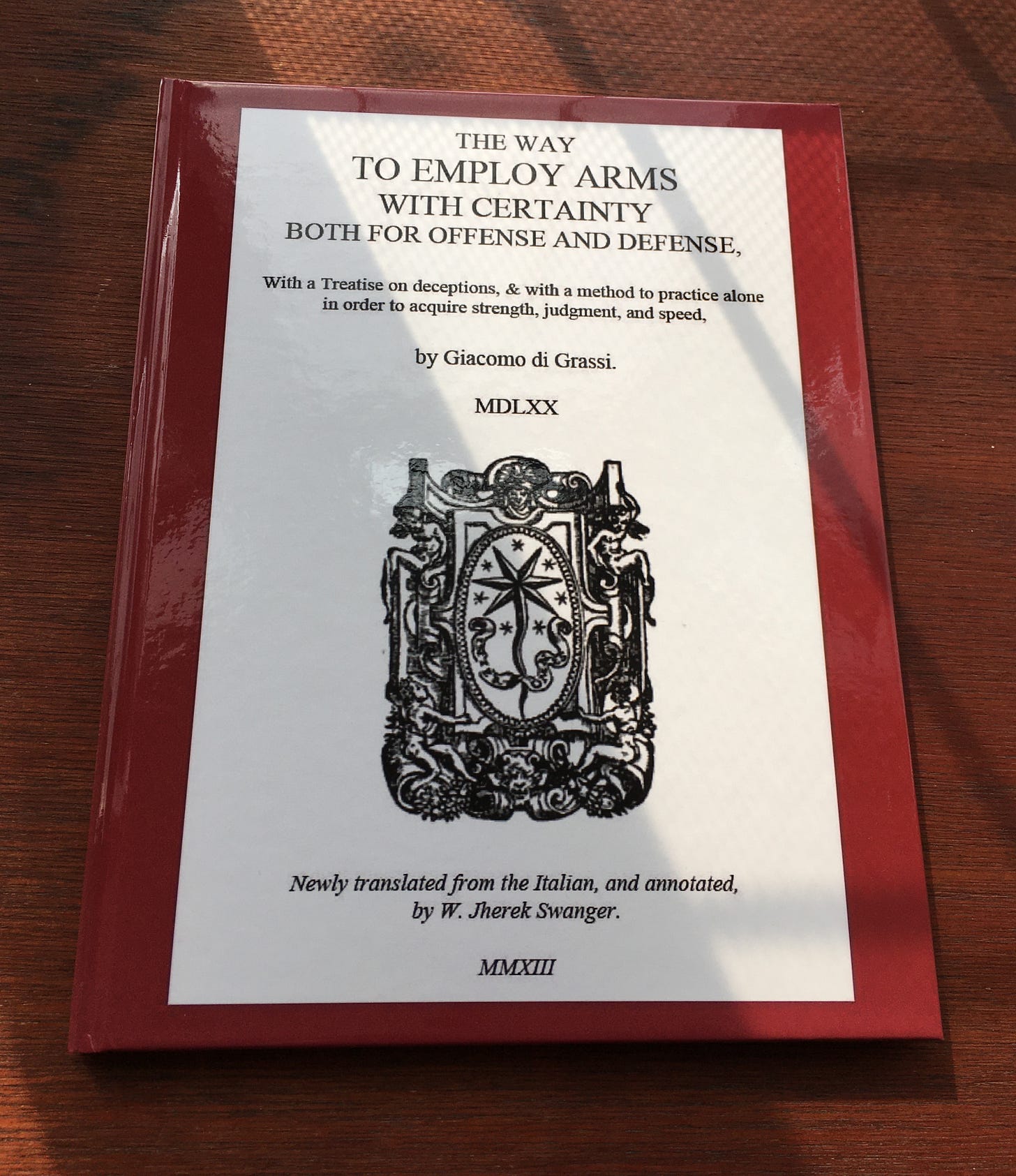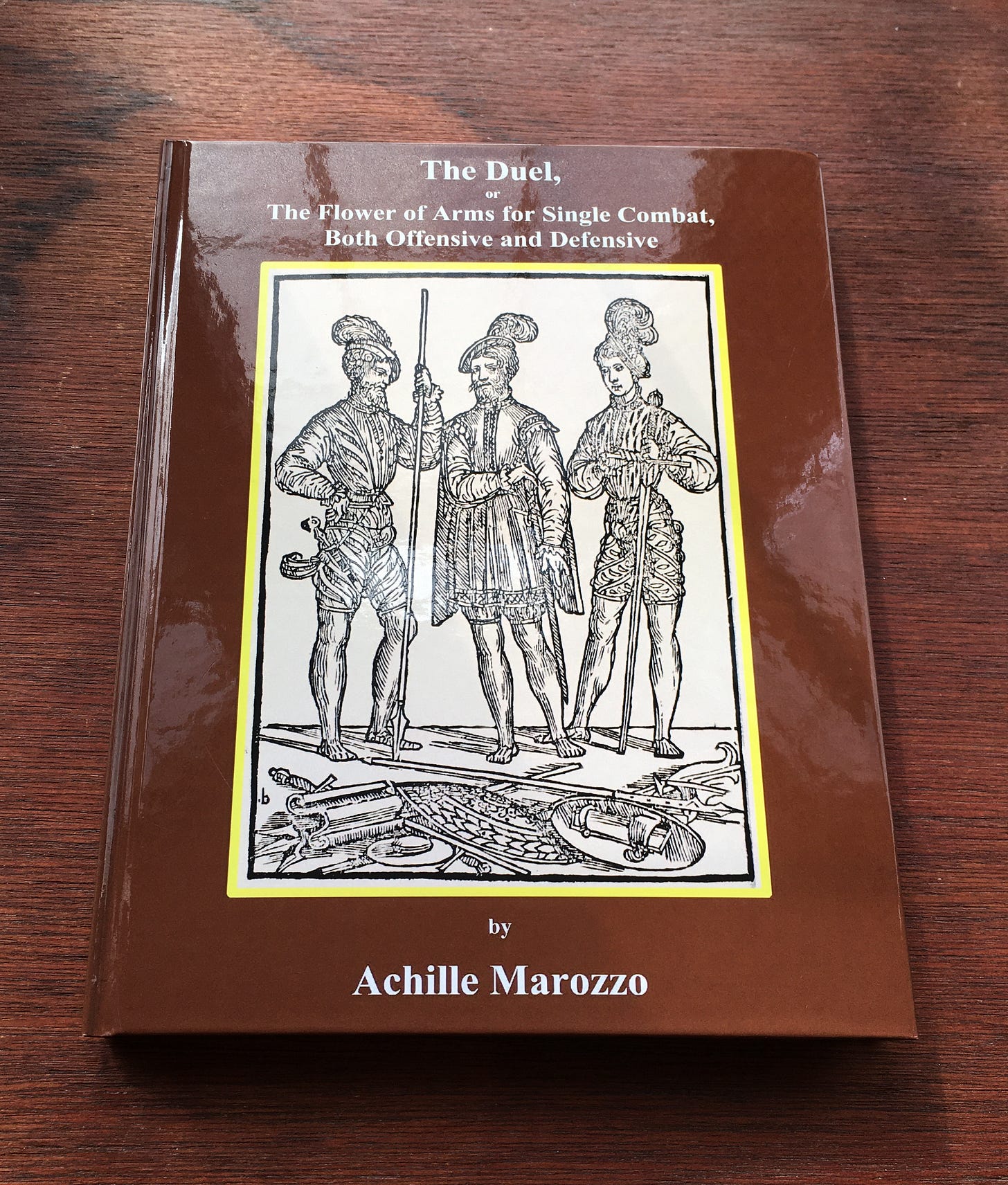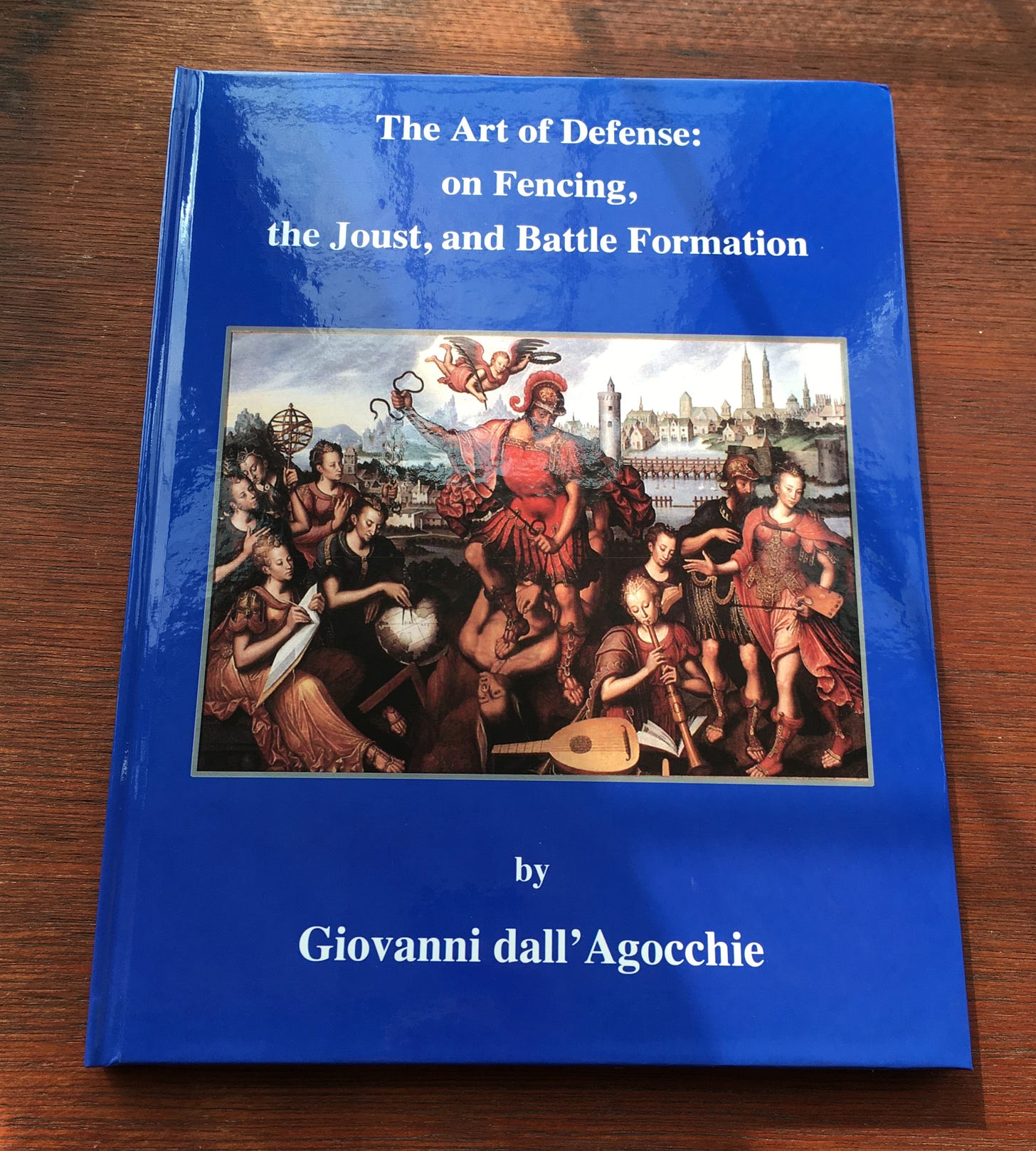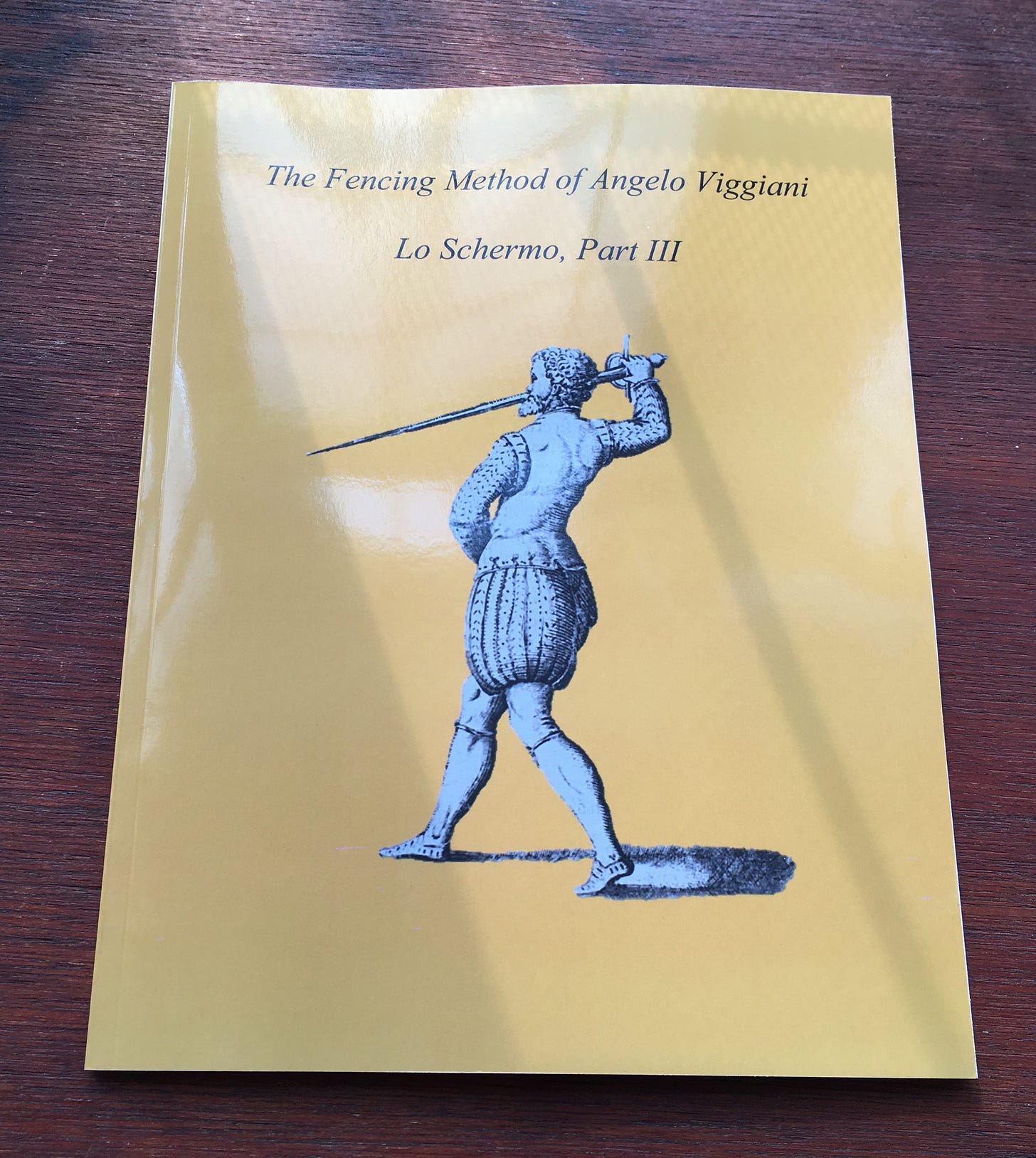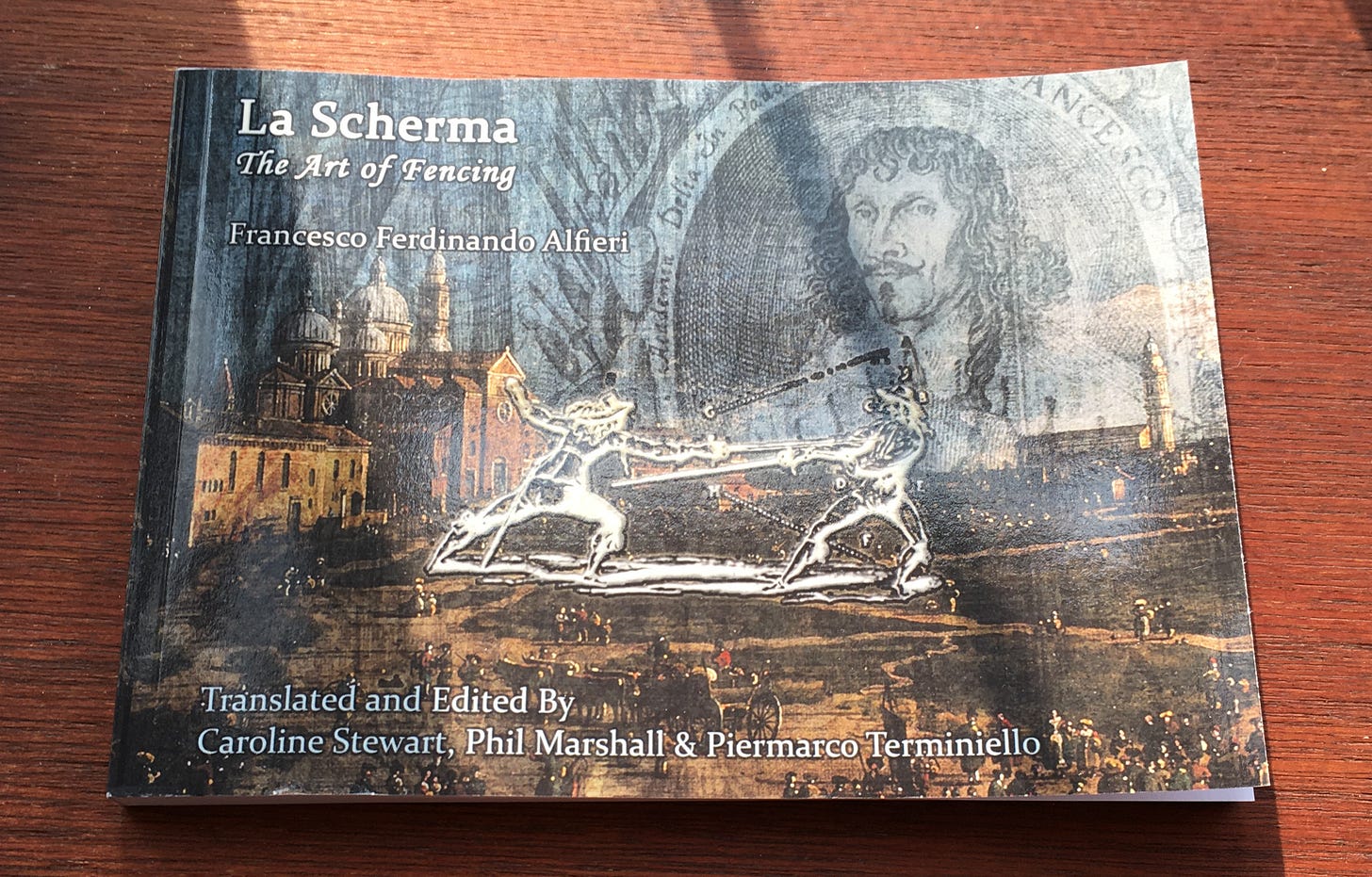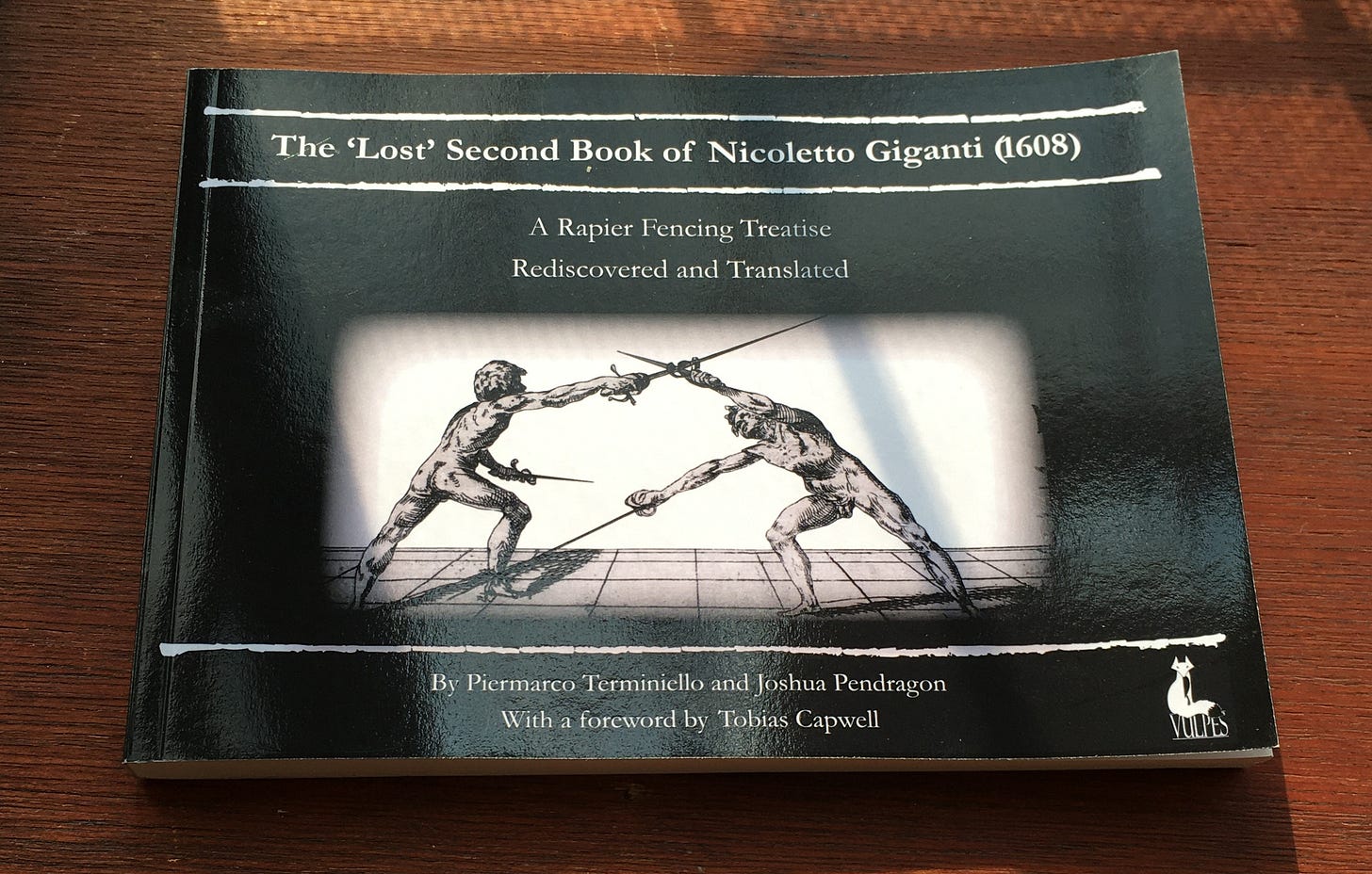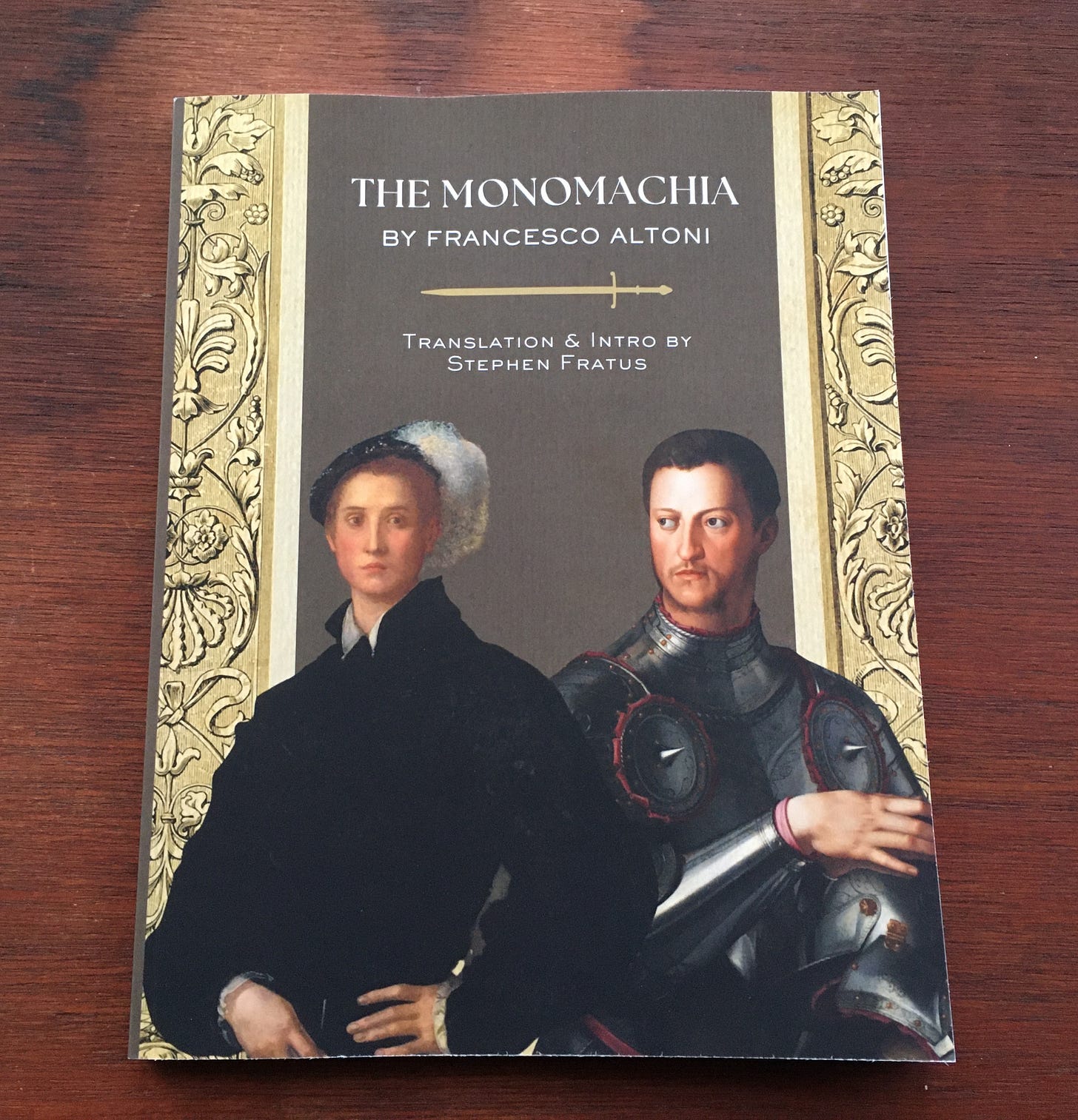Over the years, here and there, I have bought books related to historical fencing. Even before starting to learn how to fence in earnest and joining a HEMA group, I have bought translations or renditions of old manuscripts. My criteria? The quality of the old art. In the past two years or so, I have bought more books, to learn how to fence properly. So we are talking here about books that contain a lot of commentary and a synthesis of the material in addition to the translation of the old manuscripts.
And at the end of the summer, I decided to buy a series of books from Lulu.com. Most of these books relate to Bolognese and Italian masters and help fill the gaps in my collection. Note that I didn’t know about this list on Wiktenauer that presents the available HEMA books on Lulu. Oh well, my ignorance saved me some money.
At the same time, I like the Hema Bookshelf for the facsimiles made available there (so one-to-one reproduction of the original manuscripts). But without requiring such a level for the rendition of old manuscripts, I realised that I could split HEMA books into three categories. As a reader, I want to talk a bit about this:
1. Manuscript Renditions
These are books that present the original manuscript, showing the original illustration plates and text, accompanied by a translation of the text. An introduction is usually present, which offers context to the manuscript in terms of the period but also in terms of the history of the manuscript itself and of its recovery. I’ll showcase a few that I have as an example. In principle, one could add facsimiles in this category.
2. Manuscript Translations
These are books that present only the translation of the original manuscripts, without listing the original text. They also don’t always include the original illustrations. This can be due to copyright, as one can own their translations but not the images of the original manuscript. The manuscript itself is in the public domain, but the pictures of the manuscript we see disseminated are not unless specified, and even then there can be limitations put in place for their commercial use. In all honestly, I find myself cheated when a translation lacks the original images. But then again, I also find myself cheated when an old master that I like didn’t bother to commission illustrations to begin with (and no Manciolino, a few ‘stock’ illustrations don’t count).
3. Manuscripts Interpretations
These are books that talk about a manuscript and interpret the manuscripts for current HEMA practitioners. These can be seen as varying from heavily annotated translations, to synthesis books that cover not only individual authors but particular weapon systems or particular traditions as a whole. Exercise books fall in this category, since the design of an exercise depends on a particular interpretation.
If one wants to add facsimiles and exercise books as separate entities, we can raise the categories to a total of five. But the main idea that I want to transmit is that when it comes to HEMA books, one must be aware of what he is looking for, and what he is getting. It is important to manage expectations.
In this spirit, I will talk next about the books I have, showing a few pictures from each so that an interested buyer would have a better idea of the book in question. I find the lack of preview information problematic. I’ll use my right to review a product as a legitimate reason to showcase a few pages from each book.
Note that I will lead in with the name of the old master (or related) before a short title of the modern book. As a warning, I didn't read most of these books, so don't take my short presentation for a review. I also am and will always see myself as a novice.
Royal Armouries MS I.33 - The Medieval Art of Swordsmanship
edited by Jeffrey L. Forgeng
manuscript rendition
For me, this is the ideal format for a manuscript rendition. I have access to the pages of the original manuscript in full, while immediately next to each page we get a print copy of the handwritten text plus its translation (here, from Latin to English).

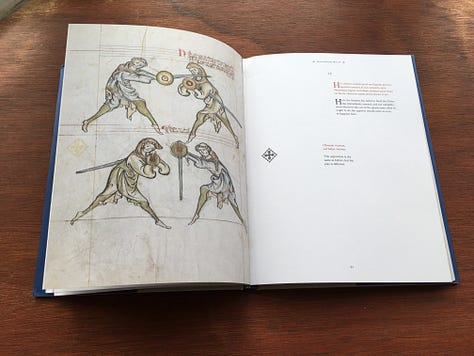
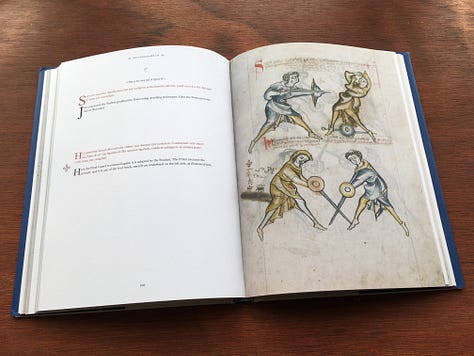
Camillo Palladini - The Art of Fencing: The Forgotten Discourse
edited by Piermarco Terminiello and Joshua Pendragon
manuscript rendition
Another beautiful manuscript rendition. We see the illustrations and the handwritten text of the original Italian manuscript, followed (or sometimes preceded to fit better the pages) by a print reproduction of the text and the English translation. I like this quite a lot since, while I can read Italian and can use it to corroborate or challenge the English translation, doing so using handwriting is a bit too much for me.
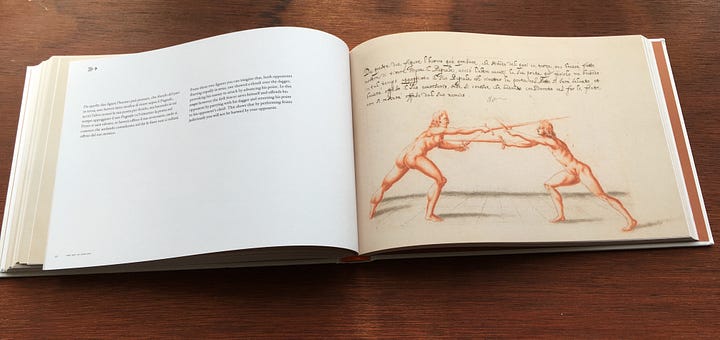
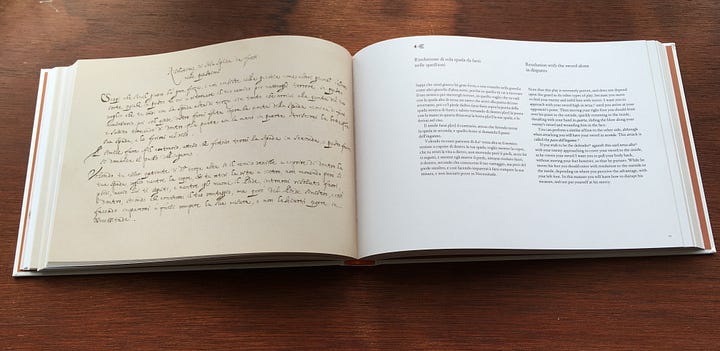
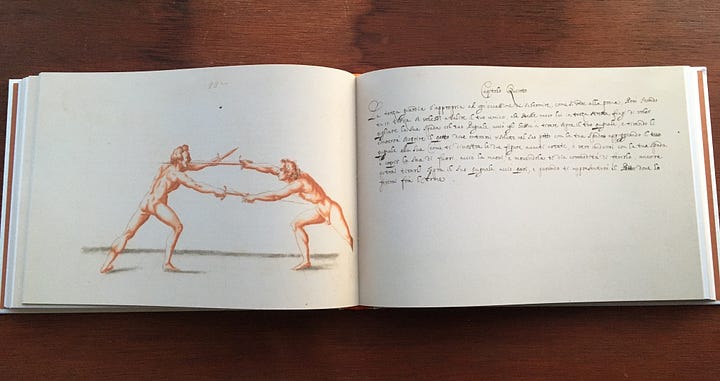

Hans Talhoffer - Medieval Combat in Colour: Manual from 1467
eddited by Dierk Hagedorn, forward by Mark Rector
manuscript rendition
I would classify this as a manuscript rendition. We see the original pages in full and the original text therein, while we get the English translation on the side of the page. From an artistic perspective, the 1467 manuscript has the best-looking illustrations from all other manuscripts made by Talhoffer. I like this rendition quite a lot.


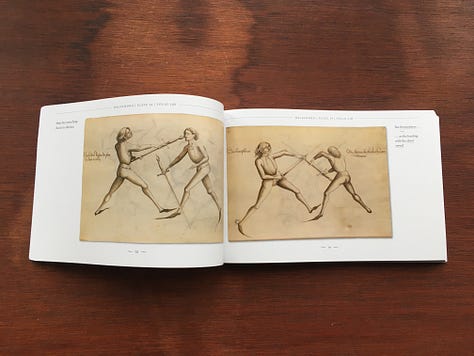
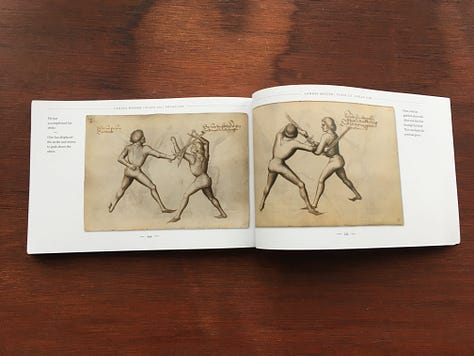
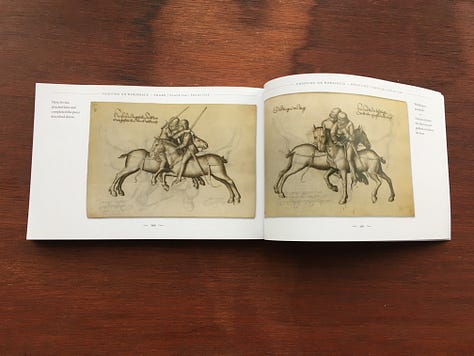
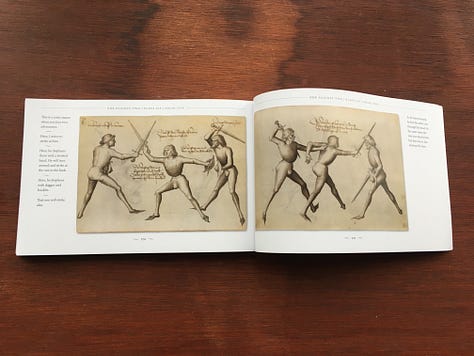
Ridolfo Capoferro - Italian Rapier Combat: Gran Simulacro
edited by Jared Kirby
manuscript translation
While the original text is not provided, this is a well-formated translation of Capoferro’s Gran Simulacro. The plates are accompanied by the English translation in the style of the original manuscript. Beforehand, an introduction that goes over the basic concepts is given.
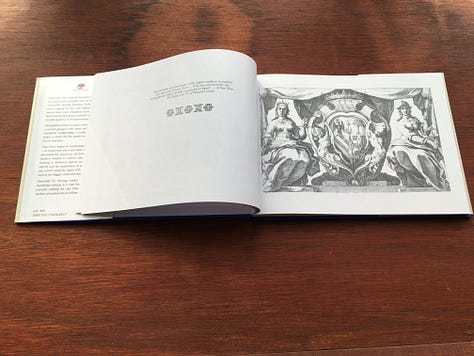


Ridolfo Capoferro - The Art and Practice of Fencing
translated by Tom Leoni
manuscript translation/interpretation
This is syntesis of the Capoferro’s Gran Simulacro. While a translation is provided and the original illustrations are reproduced on half a page, the practical synopsis and the detailed introduction make this more of an interpretation from my perspective. This means that this book is easier to absorb by a novice.
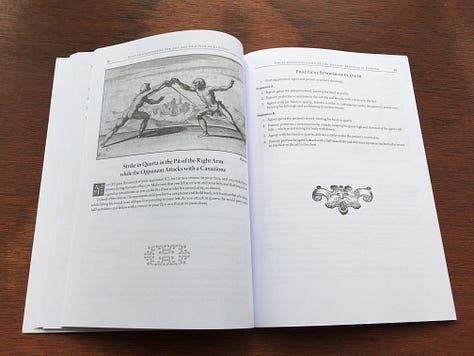
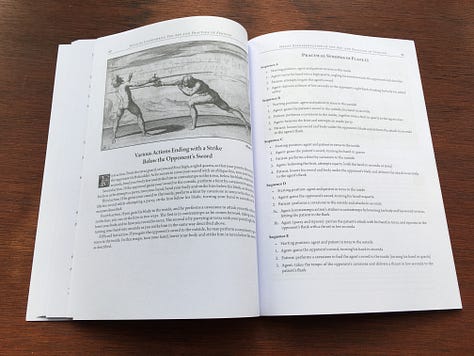
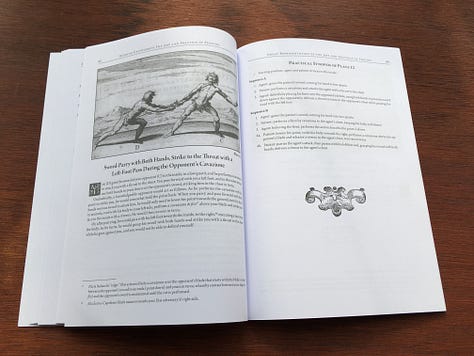
Nicoletto Giganti - Venetian Rapier: 1606 Rapier Fencing Curriculum
translated by Tom Leoni
manuscript translation/interpretation
Again, while the material follows the original book’s layout in the breaking of chapters, the practical emphasis of the presentation makes this more of an interpretation in my eyes. This is not a bad thing, since it facilitates the work for the first-time reader. However, the translation is more faithful to the original material compared to the book by Tom Leoni listed just above.


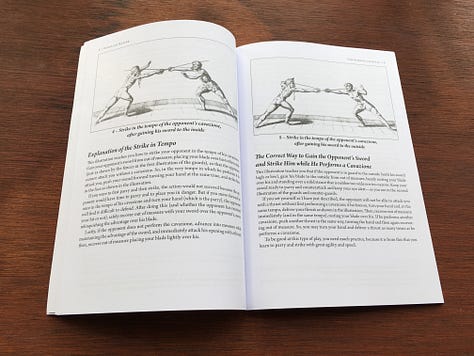
Antonio Manciolino - Renaissance Swordsman: Opera Nova
translated by Tom Leoni
manuscript translation/interpretation
With a detailed introduction, this is probably the best book to start with for learning Bolognese fencing. Of the three books by Tom Leoni in this format, this is the one that also feels like a translation of the original work. However, this book is still rich in practical advice, which also makes this book an interpretation.


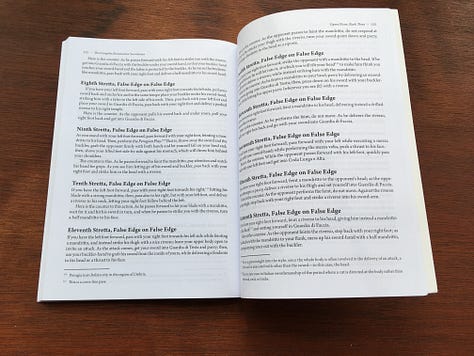
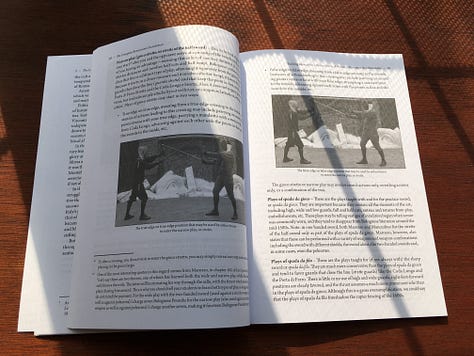

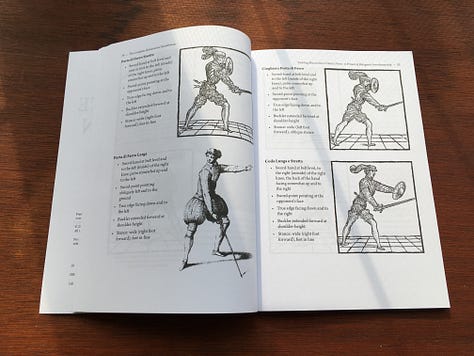
Angelo Viggiani - Lo Schermo: Book III
translated by Tom Leoni
manuscript translation
Viggiani’s third part of Lo Schermo presents his system as a dialogue between three characters. Tom Leoni’s version is easy to read since his translation philosophy consists of adapting the text for a modern English reader. I find this dialogue to be quite fun and Viggiani's system to be quite engaging.
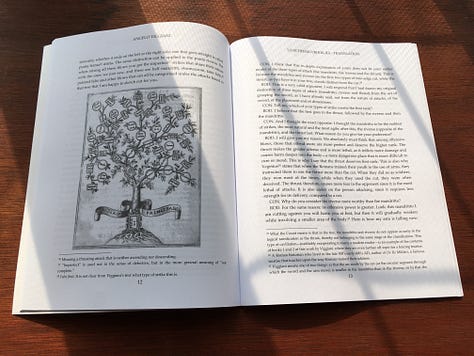
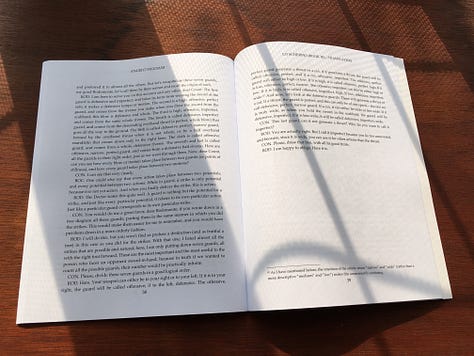

Salvator Fabris - Scienza d’Arme: The Art of the Italian Rapier
translated by Tom Leoni
manuscript translation
A translation of one of the most important books on Italian rapier. This is a second edition, published via Lulu, and I find that the illustrations could have been printed better. The emphasis of this book from Tom Leoni is clearly on the translation.



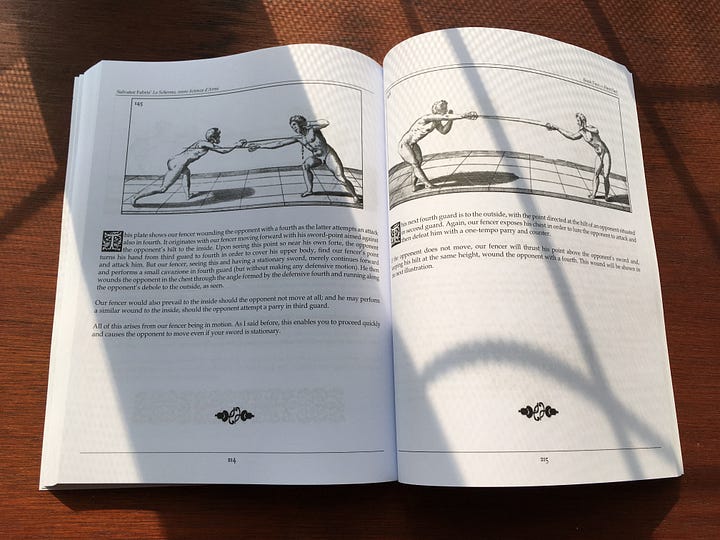
Fiore de' Liberi - Fior di Battaglia: Ludwig XV 13
translated by Tom Leoni
manuscript translation
A translation from Tom Leoni of the Ludwig XV 13 manuscript of Fiore de' Liberi's Fior di Battaglia. This book doesn’t contain the original illustrations, which is disappointing. There is also a lot of space left empty, giving me the impression that something more was intended to be added, or that this is a working copy to be used in connection with the original pages.



Giacomo di Grassi - The Way to Employ Arms with Certainty
by W. Jherek Swanger
manuscript translation
A good translation of di Grassi’s work, that contains the original illustrations. Nothing more can be said. If one wants to learn di Grassi, buy it. I am a bit interested in this old master, so I was happy to find this translation.

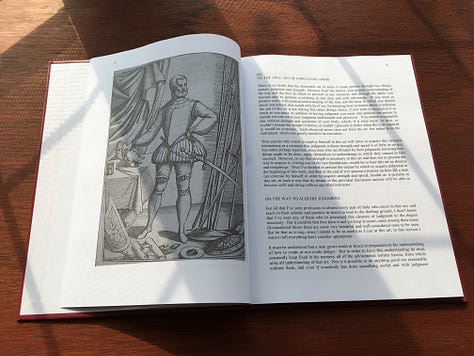

Antonio Manciolino - How to Fight and Defend with Arms of Every Kind
by W. Jherek Swanger
manuscript translation
A faithful translation of Manciolino’s Opera Nova, preceded by an introduction that presents key concepts and weapons. Needless to say, this is a must-buy for any would-be Bolognese fencer.

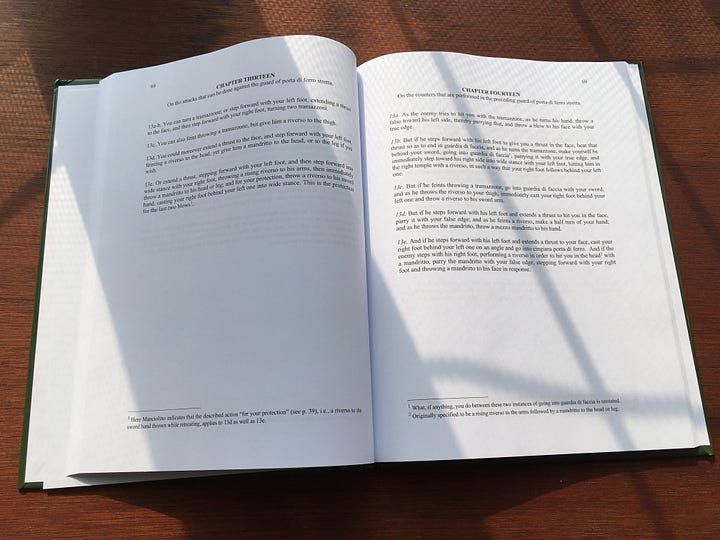
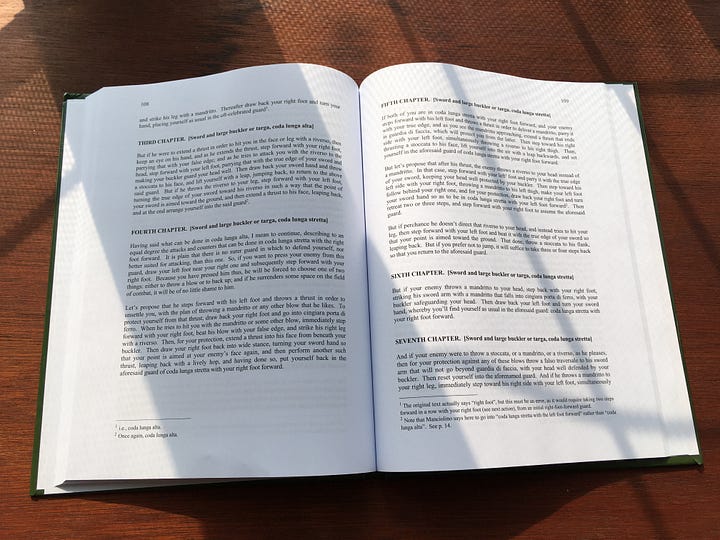

Achille Marozzo - The Duel
by W. Jherek Swanger
manuscript translation
A faithful translation of Manciolino’s Marozzo Opera Nova, preceded by an introduction that presents key concepts and weapons. Needless to say, this is a must-buy for any would-be Bolognese fencer.
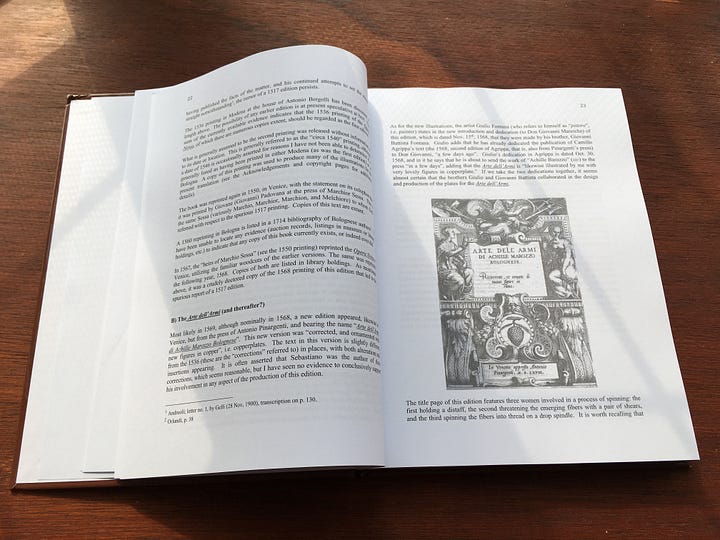

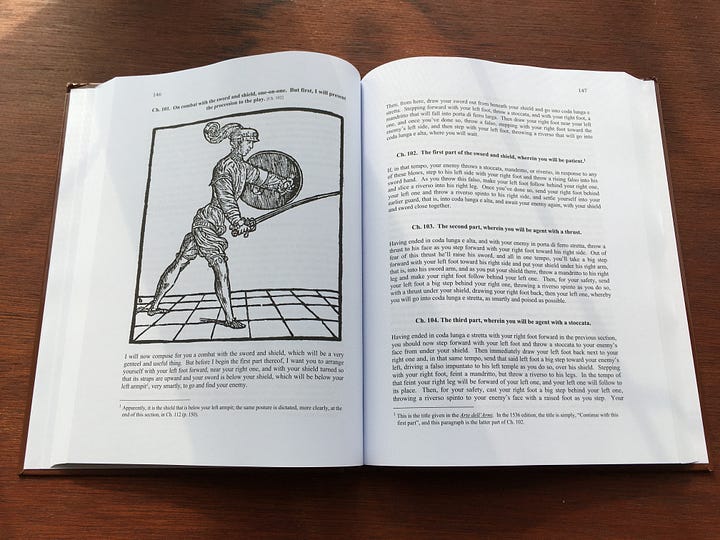
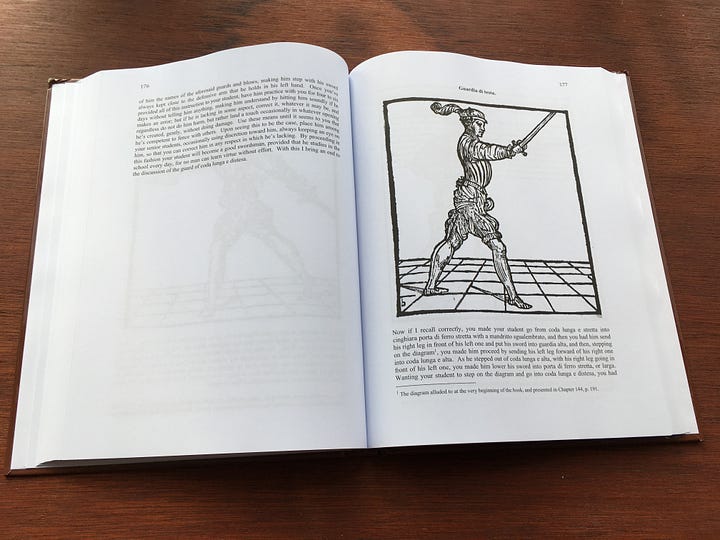
Camillo Agrippa - A Treatise on the Science of Arms
by W. Jherek Swanger
manuscript translation
Camillo Agrippa can be credited with the start of the development of the rapier fencing system. This is a translation of his work. An introduction that presents the context of the work is present, as well as an appendix that synthesizes the illustrations, something that can be helpful during training.
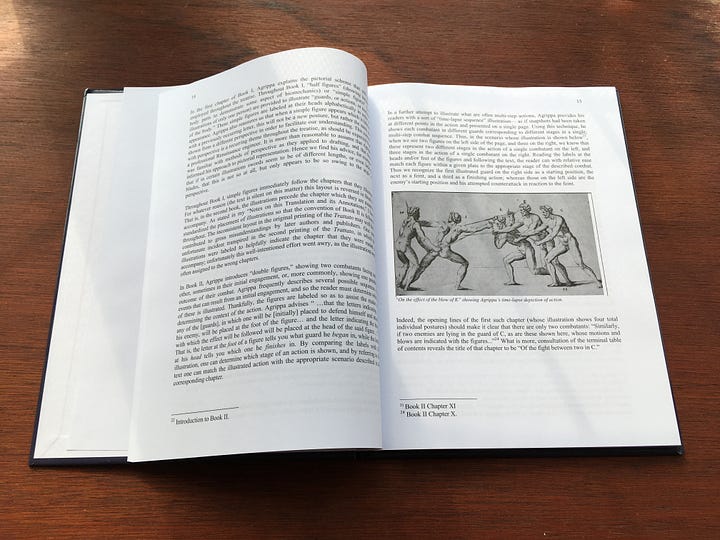

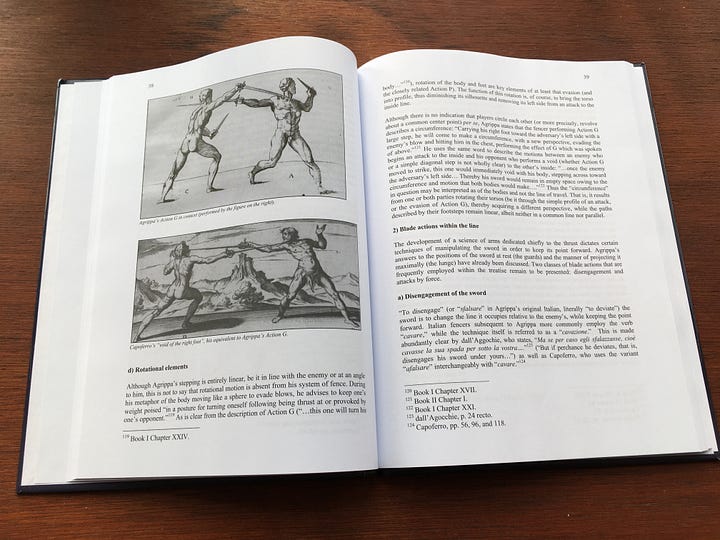
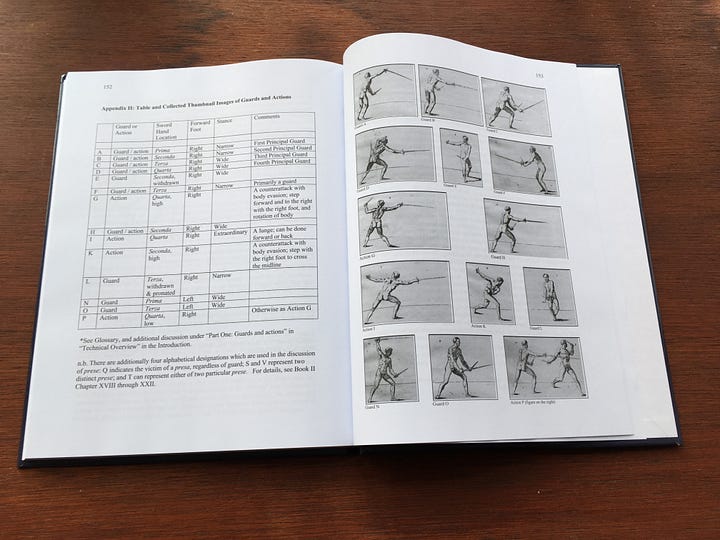
Giovanni dall’Agocchie - The Art of Defense
translated by Jherek Swanger
manuscript translation
A translation of the work of Giovanni dall’Agocchie, one of the five masters that form the core of the Bolognese fencing system studied in HEMA these days. The original work, translated here, makes use of dialog. A helpful introduction is present.
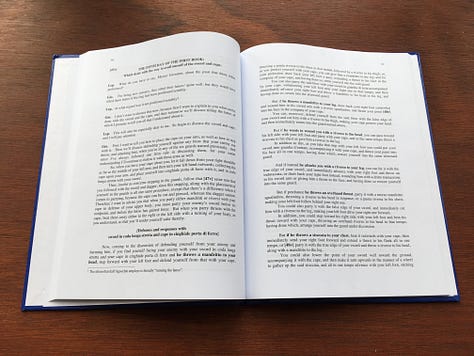
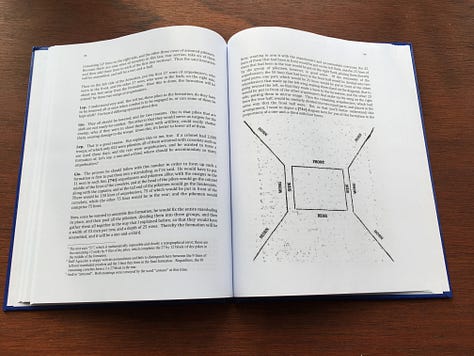
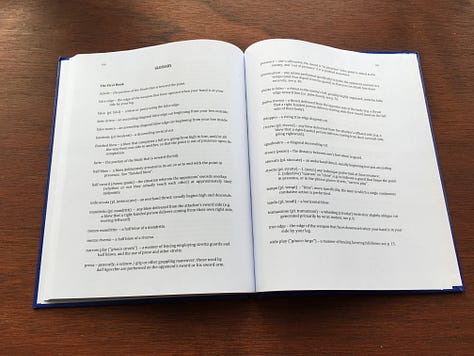
Angelo Viggiani - Lo Schermo, Part III
by W. Jherek Swanger
manuscript translation
Viggiani’s third part of Lo Schermo presents his system as a dialogue between three characters. Jherek Swanger book is somewhat easier to compare with the original manuscript and includes a practical guide to Viggiani’s fencing philosophy.
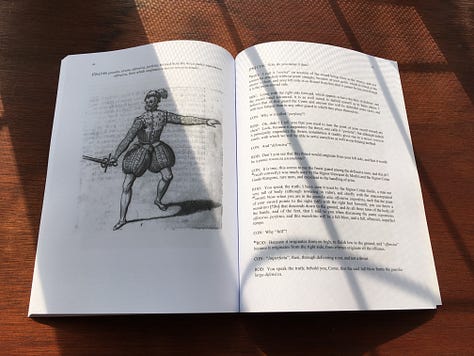

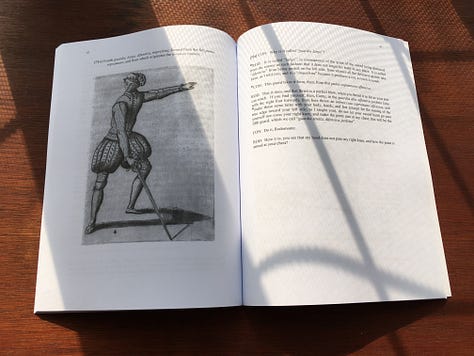


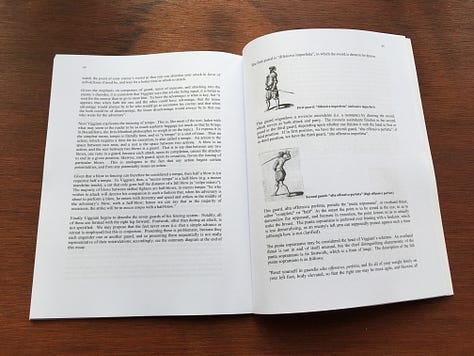
Alfred Hutton - Old Sword Play: Techniques of the Great Masters
edited by John W. Hurley
manuscript interpretation
What is this? Is Alfred Hutton an old master, or is he the first HEMAist? I give up! This is a reproduction of Alfred Hutton book, that covers the fencing style of old Italian masters. This is a reproduction of a synthesis book and everyone should buy it considering its price. Just add it to the Amazon checkout cart whenever you are just under free shipping. I did, and I don’t regret it.


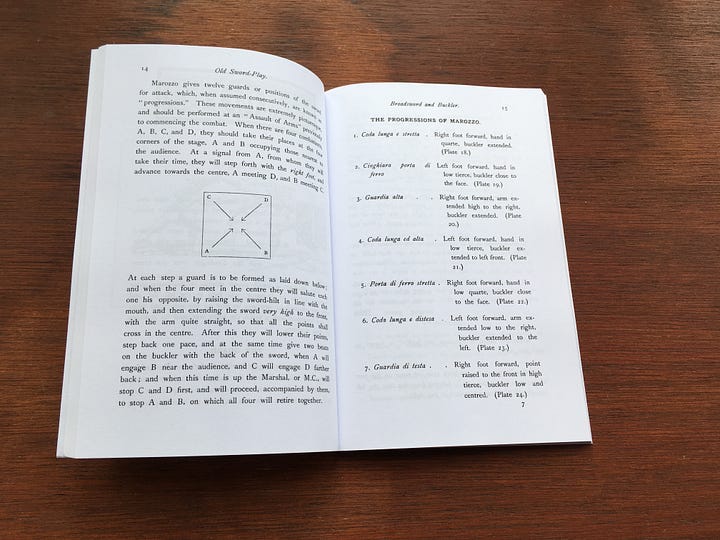

Francesco Fernando Alfieri - La Scherma: The Art of Fencing
translated by Caroline Stewart, Phil Mrshall, Piermarco Terminiello
manuscript translation
The translation of Alfieri’s book on rapier is presented in a booklet format. The English translations of the plays are accompanied by the original illustrations on the neighboring page. The cleaned-up illustrations are not the best, but the small format makes this a good choice to carry on you.

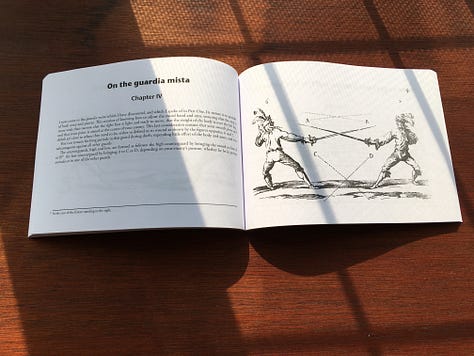

Nicoletto Giganti - The 'Lost' Second Book (1608)
by Piermarco Terminiello and Joshua Pendragon
manuscript ranslation
For a while, it was believed that Giganti had a second book, while others doubted this fact. This is a translation of that lost second book. The booklet format lists the original illustrations, accompanied by the English translation on the neighboring page. I believe this translation mimics the original format, however, the original known copy is not available for public use.
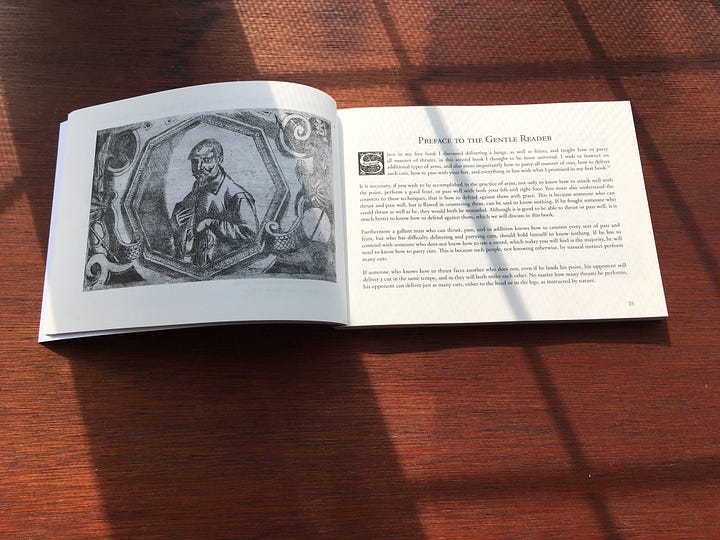


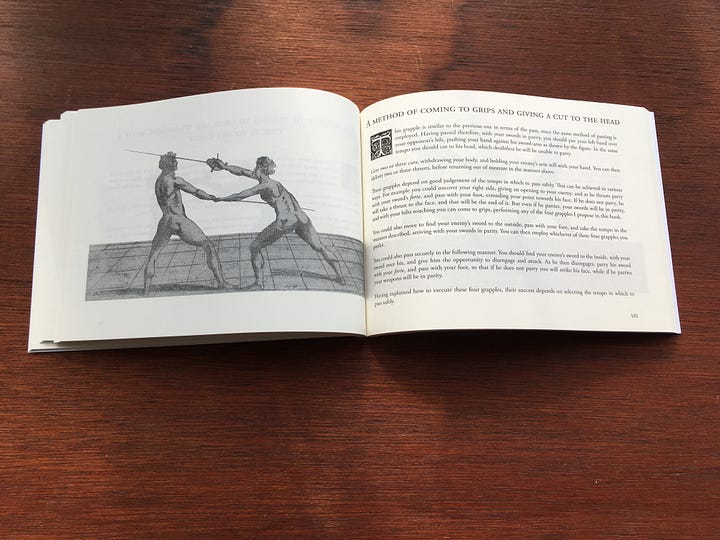
Joachim Meyer - The Art of Sword Combat: A 1568 German Treatise
translated by Jeffrey L. Forgeng
manuscript translation
Meyer has several treatises. This is a translation of his 1568 manuscript. The book contains the original illustrations printed in colour on glossy paper. While not a rendition of the original per se, I am happy with the quality of this translation.
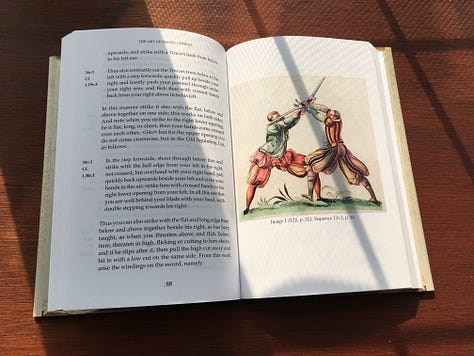
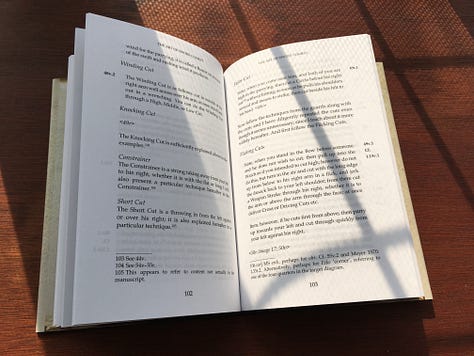
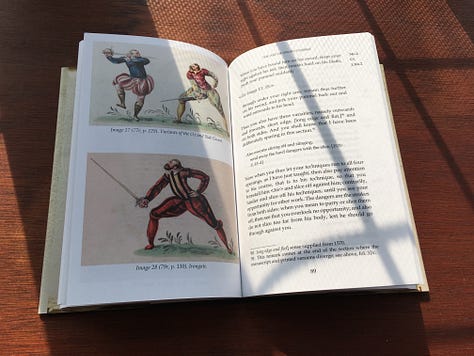
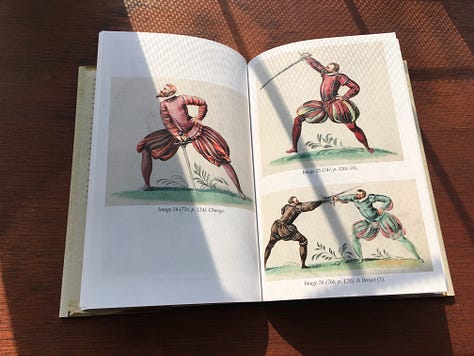
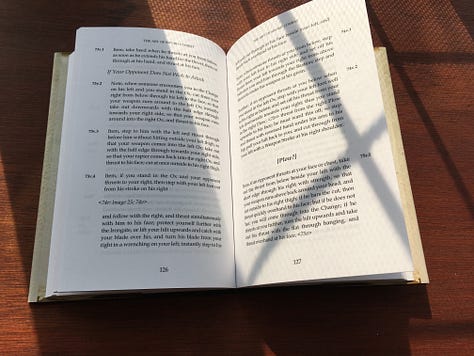
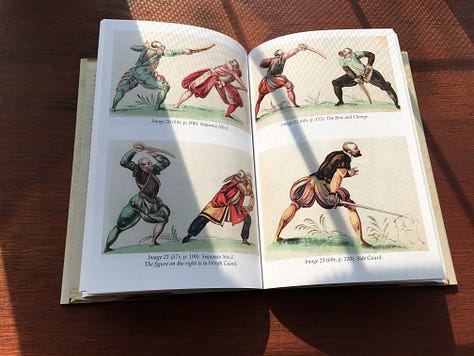
Joachim Meyer - The Art & Practice of 16th Century German Fencing
by Robert Rutherfoord
manuscript interpretation
A synthesis book that describes in detail and with elaborate schematic figures the use of Joachim Meyer's sidesword. The first-person style used for some illustrations helps to clarify the position of the sword, while third-person figures showcase well the body movements. I have seen this book being recommended for anyone interested in Meyer.
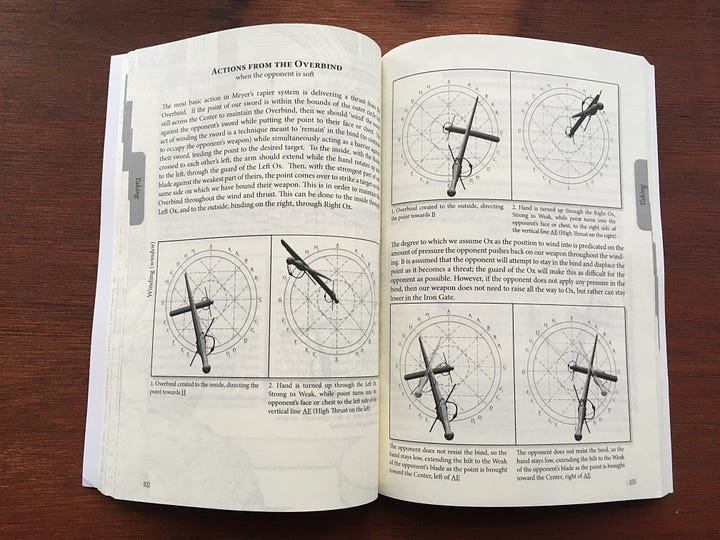
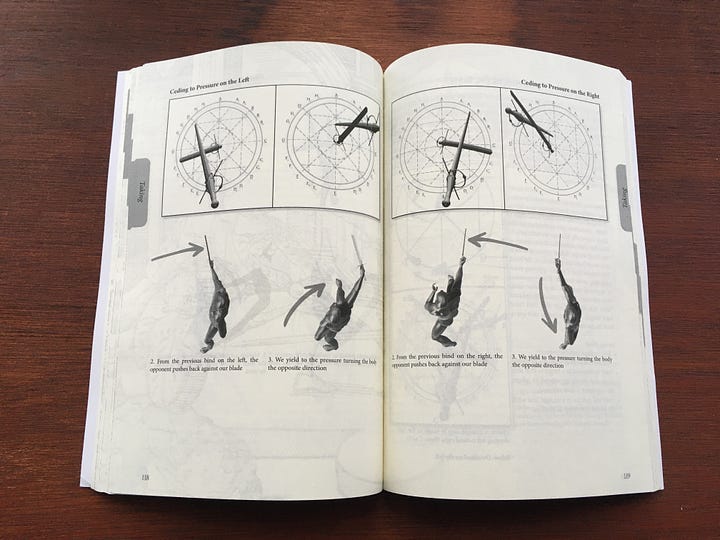
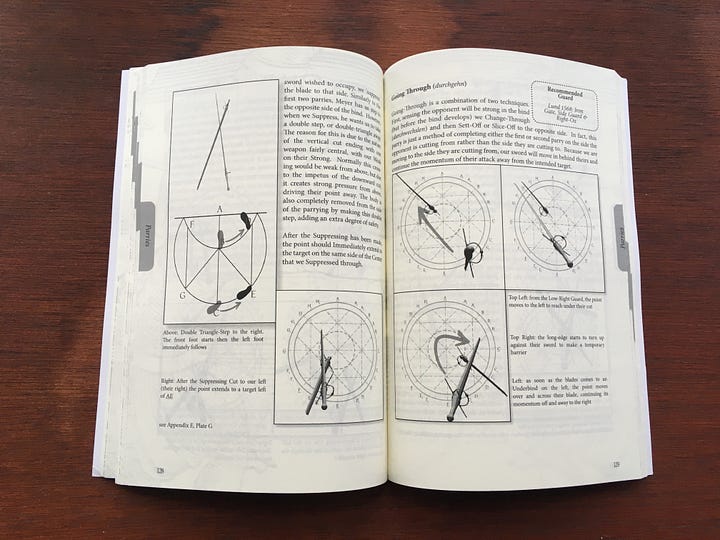
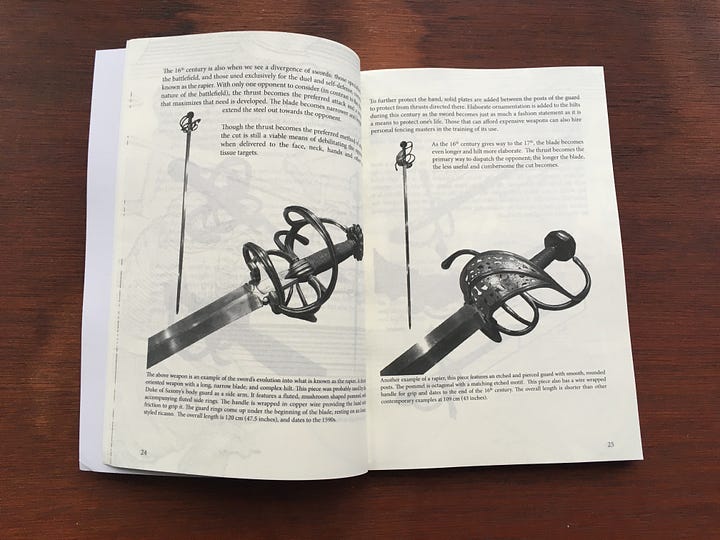
Francesco Altoni - The Monomachia
translated by Stephen Fratus
manuscript translation
This is a translation of the work of Francesco Altoni, a sword master from Florence. I have always wondered how a prosperous city such as Florence didn’t draw in more fencing masters, so I consider this work to help shed some light on any contributions to Italian fencing coming out of Florence. The manuscript itself is simple in format, with no original illustrations. A few modern depictions of the guards are presented in the introduction of the translation. In the absence of illustrations, I would have preferred for the page format to be smaller to make better use of empty spaces, but this goes into personal preference. A rare translation of an old author, that would not be my first choice to pick up to learn Italian fencing, but one that I am curious to explore after an online exchange.
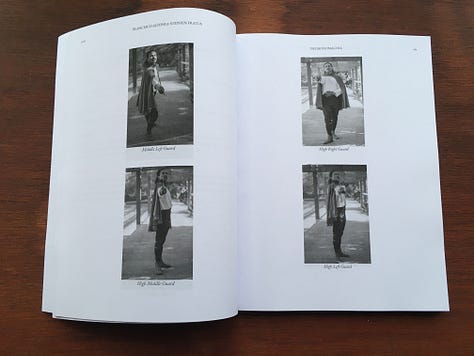

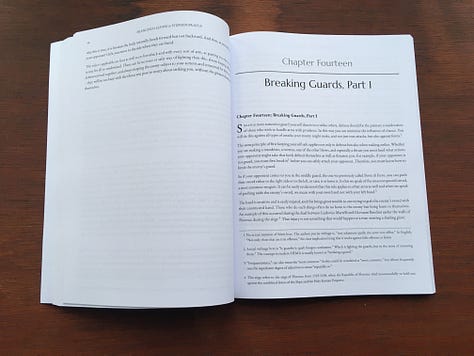
Anonimo Bolognese - With Malice and Cunning
translated by Stephen Fratus
manuscript translation
This is a translation of anonymous Bolognese sword-play treaties. As the name suggests, the author is unknown. The manuscript is a collection of individual plays, and I have always seen it as an advanced curriculum, to be explored once one has mastered the basics. No original illustrations are present. At the end of the book, Marozzo’s illustrations (and one from Viggiani) are used to illustrate the guards.
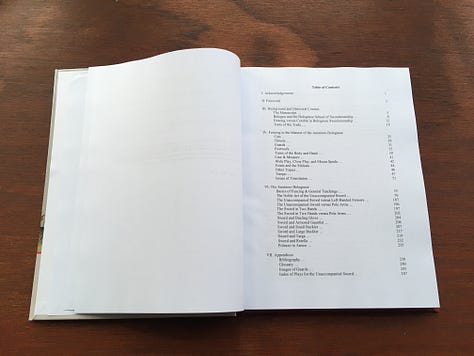
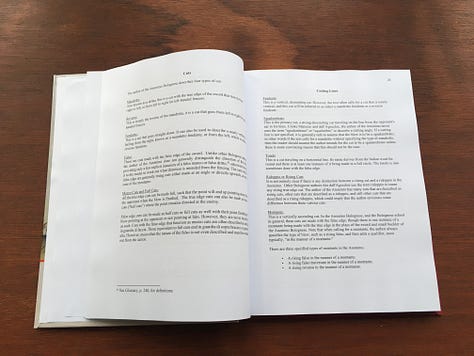

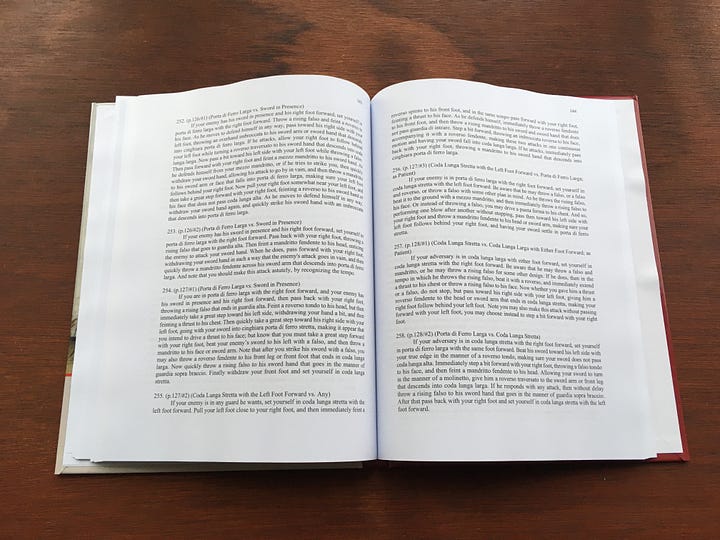

Bonus
Le Spade da Lato al Museo Stibbert
by Simone Picchianti
While not directly related to HEMA books, although I will touch in a future post why I do in fact consider looking at antiques to be an important pillar for HEMA, I will highlight this book on swords housed in the Stibbert Museum in Florence. This was a book recommended by Chris Adams in a comment and is written in Italian. It’s a coffee-table type book, but it does list the measurements for some sideswords and rapiers found in Stibbert Museum, which are hard to find otherwise (since I started writing this in the Summer, David Biggs has made a post showcasing the collection).


